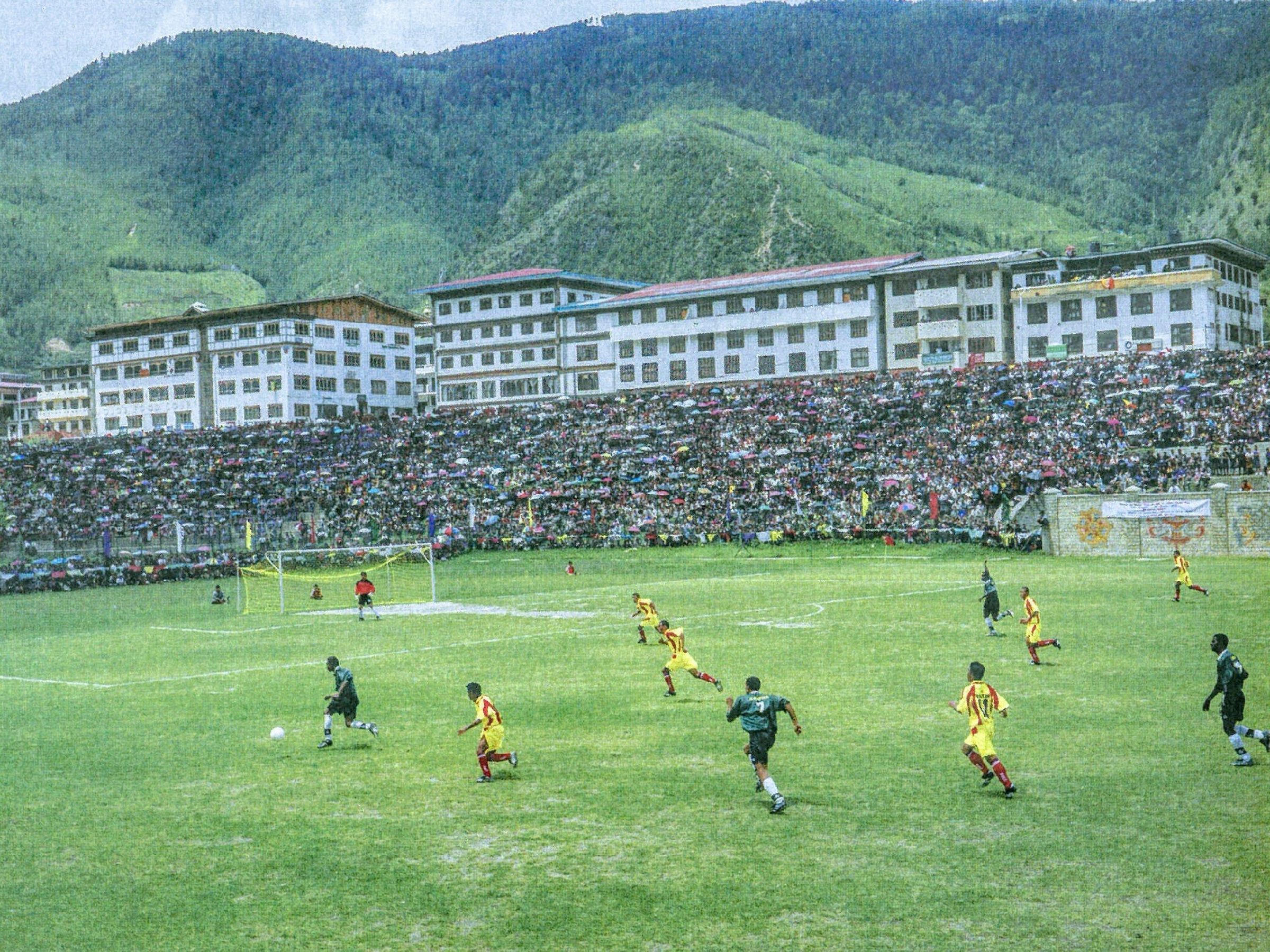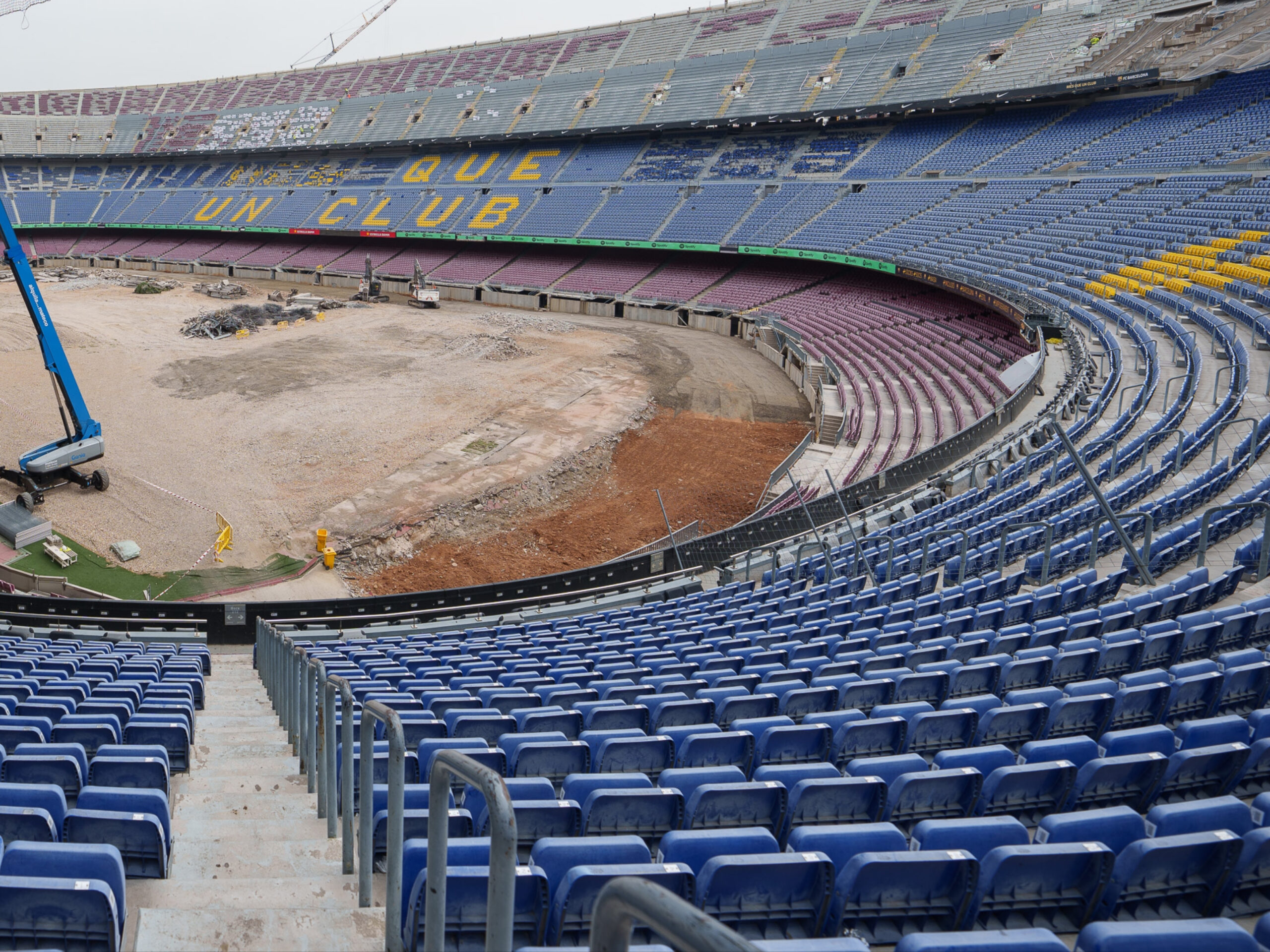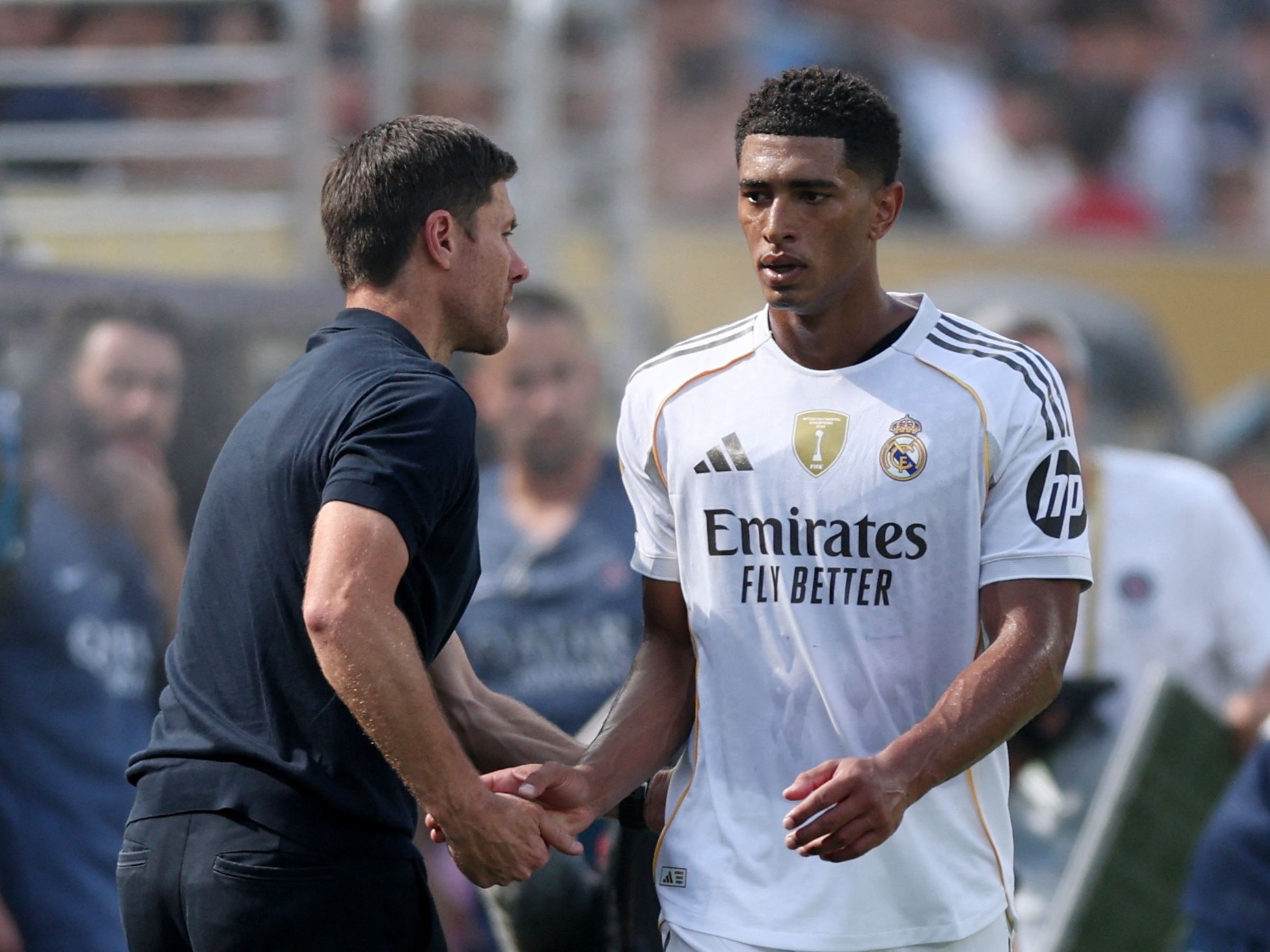In an era dominated by tiki-taka, gegenpressing, and meticulous tactical setups, one of football’s most unexpected and chaotic weapons has quietly slipped into obscurity: the long throw-in.
Long throw-ins can do—and have done—what corners and free-kicks often cannot. A player has more control over where the ball goes when it’s launched into the air, and although easier to read, if executed correctly, it can create serious problems for defenders.
The long throw-in isn’t just a quirky trick; it’s been a legitimate weapon that has terrorized defenses and transformed ordinary set-piece situations into goal-scoring opportunities. The most famous proponent? Rory Delap.
During his time at Stoke City under Tony Pulis, Delap’s throws were as dangerous as any corner or free-kick, with his missile-like deliveries causing havoc in the box. Opposing managers even tailored their tactics specifically to counter his throws—that’s how influential he was.
But Delap wasn’t the first.
Rise of the art
In the 1980s, Wimbledon’s Dave Challinor had a cannon of a throw, setting a Guinness World Record for the longest throw-in at 46.34 meters. Andy Legg, known for his spell at Cardiff City, could launch the ball into the box from the halfway line.
Ian Hutchinson of Chelsea in the 1970 FA Cup final famously used his long throws to devastating effect, and the Danish player Thomas Grønkjær was also known for his lethal throw-ins during his time at Ajax and Chelsea.
The longest long throw ever? 😲
⌚ Sky Sports News 60 second round up | @TAGHeuer pic.twitter.com/fhRCzlosmW
— Sky Sports News (@SkySportsNews) February 15, 2021
Managers like Tony Pulis at Stoke City built entire tactical frameworks around the long throw, using it as a primary attacking weapon. Sam Allardyce, during his time at Bolton Wanderers, also appreciated the value of set-piece dominance, including long throws.
Even Neil Warnock, a master of pragmatic football, often encouraged his teams to exploit this underutilized skill.
How do long throw-ins work?
A long throw-in isn’t just about brute strength. It’s a skill that combines technique, timing, and tactical awareness. Players often used a towel to dry the ball for better grip, took long run-ups, and perfected the trajectory to maximize chaos in the box.
The throws would dip just right, confusing defenders and goalkeepers alike.
But there’s more to it than physics. The psychological impact on defenders was huge—imagine dealing with a corner kick every time the ball went out of play near your box.
It disrupted defensive rhythm and forced teams to play deeper, changing the flow of the game.
The Decline
So, why has this weapon faded from modern football?
One reason is the evolution of the game towards possession-based styles. Managers prioritize keeping the ball and controlling the tempo, which doesn’t always align with the chaotic nature of long throws. Additionally, with modern pitches being wider and more maintained, the physical space for a long run-up has reduced, especially in tightly packed stadiums.
VAR might also play a role—with more scrutiny on grappling and fouls in the box, the physical tussles that often followed a long throw are more likely to be penalized today.
Could It Make a Comeback?
While the long throw-in isn’t as prominent as it once was, it hasn’t disappeared entirely. Some teams still use it as a secret weapon, especially in lower leagues where physicality plays a bigger role.
Even in the Premier League, players like Brentford’s Ethan Pinnock and Arsenal’s Takehiro Tomiyasu have been known to unleash the occasional long throw.
3 and a half minutes of Rory Delap throw-ins. Football heritage. The good stuff.https://t.co/oAcFW9wz7v
— COPA90 (@Copa90) August 18, 2022
With football always evolving, who’s to say the long throw-in won’t make a return? After all, in a sport obsessed with fine margins, any edge—no matter how old-school—can be the difference between victory and defeat.
The long throw-in may be a forgotten art, but its legacy lingers, waiting for the next Rory Delap to bring it back into the spotlight.





